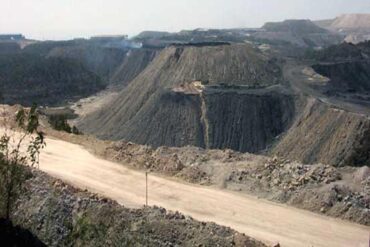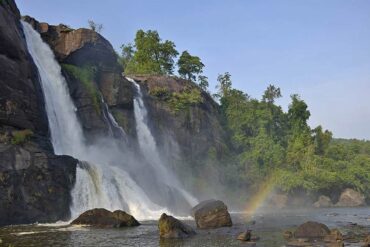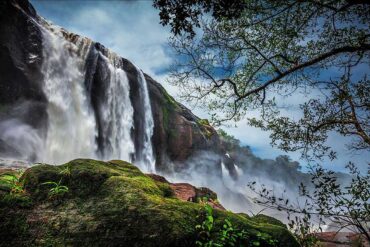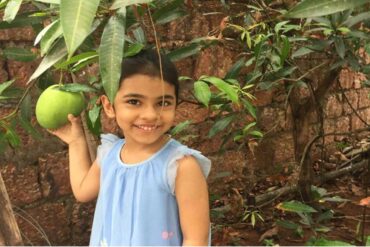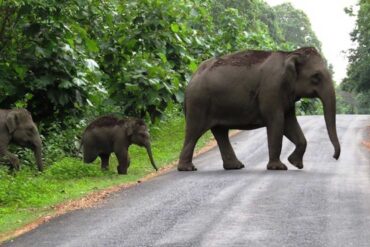Water is viewed with a sense of entitlement in Kerala. We boast of cleanliness – bathing twice a day, watering gardens, washing vehicles – mocking our neighboring Tamilians of not bathing and being unclean.
We pride our State to be God’s Own Country with rich rainfall, abundant rivers, lakes, and vegetation. But it seems the rain gods are slowly abandoning the State. We are facing the worst drought in 115 years. According to the Indian Meteorological Department, we had a 34% deficiency in southwest monsoon and 69% deficiency in northeast monsoon. In October, the State declared all districts as drought-affected.
The continuing grim situation is ringing alarm bells and the Kerala State Disaster Management Authority has recommended water rationing across households and industries. An order of preference has been decided for use of water till May, 2017 with drinking water at the top followed by use of water for household purposes and then industrial use. A series of measures have been imposed to protect water and regulate its use.
The deficit in rainfall cannot be viewed as an isolated case. When viewed with the global climate change phenomenon, we can expect more extreme weather events in the future. An acute water shortage is impending in the foreseeable future.
Kochi Water Supply
Piped water supply in Kerala is provided by the Kerala Water Authority. For Ernakulam district, water is mainly sourced from the Periyar and Muvattupuzha rivers (eastern side of Kochi city region). There are two head works – one at Aluva and the other at Choondi. Both urban and rural areas of the Kochi city region have to depend on protected water supply. The total installed capacity of Aluva head works is 225 MLD and the supply area from that caters to Kochi Corporation, two municipalities & 16 panchayats.
Even though there is more than 85% coverage of piped water supply, many households use supplementary water sources. Almost 40% population use water from open wells and borewells. The groundwater level varies across the district according to season. Water level is shallower in western coastal part while in the eastern part of the district it follows the riverine alluvial belt of Periyar River. Groundwater withdrawal rate is as high as 75-80% in many blocks of the district.
There is huge variation in water availability across the city region. Per capita water availability is estimated to be approximately 90 lpcd. Parts of west Kochi, such as Mattancherry suffer from low water supply, approx 25-30 lpcd. As a result, many households in west Kochi area rely on private tankers for additional supply of water. Water supply is intermittent and ranges from half-an-hour to eight hours per day.
The grim water supply situation coupled with the variations in rainfall requires us to change how we view water as a resource. Reduction in monsoon has affected all reservoirs in the State badly with water levels recorded 40% lesser than previous year and groundwater table lowered.


Reference: ‘Urban Water resilience’, Anu Kuncheria, UP 2013
The Way Forward
I had a chance to study Kochi’s water system in detail during my thesis on Urban Water Resilience. Even when we receive heavy rainfall, we utilise only a small portion of it. Most of the rainwater reaches the sea within a span of 48 to 72 hours due to topographic features and low retention capacity.
Rainwater harvesting is the best method to use falling water and recharge groundwater. Even with 25% effective utilisation, rain water harvesting in Kochi residential areas has a potential of 140 MLD every year. Recharging ground water also prevents saline intrusion in coastal Kochi.
Along with conservation, we need to regulate the demand. Studies show that demand management could save upto 30% water. Increasing the efficiency of supply, preventing leaks, recycling of water for non-drinking purposes are other immediate measures that could be taken up in the city.
Even in these times of scarcity, our complacency for water conservation is clear from the less than 50 applications received for subsidised rainwater harvesting plans under AMRUT mission. We need to wholeheartedly join hands to save every drop of water. Each one of us should support water conservation initiatives – ‘Haritha Keralam’ and ‘Mazhapolima’. Let our New Year resolution be conscious reduction of water use and harvesting water at our homes.
Main photograph by Vinoth Chandar via Flickr.

